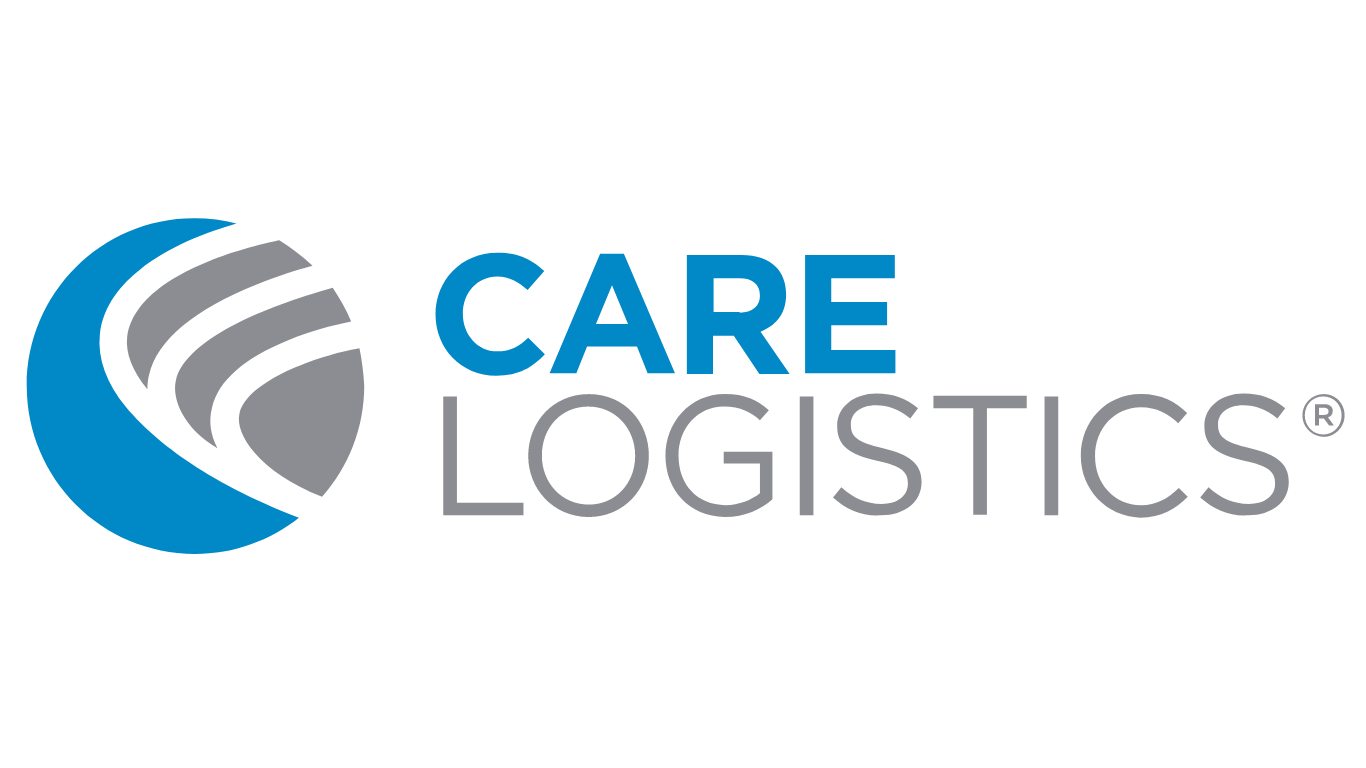First Impressions Matter: 5 Simple Ways to Optimize Your ED for Improved Efficiency and Patient Experience
by Page M. Etzler, RN, PhD, MBA, MS, FACHE
Emergency Departments (EDs) often carry a reputation for being less than pleasant. Picture yourself as a patient in need of urgent medical attention walking into a bustling ED. The waiting area is packed, the process seems slow and cumbersome, and administrative tasks appear to take precedence over your care. Is this the experience you'd want for patients in your hospital or health system? Probably not. Fortunately, by implementing a few strategic changes to your ED processes and environment, you can elevate patient experience, streamline operations, and deliver care more efficiently to your community.
#1: Put Patient Care FIRST
There’s a reason it’s called the “emergency” department, it underscores the urgency with which patients seek care. As healthcare providers, our primary focus should always be on swiftly delivering medical attention to those in need. Yet, too often, patients are met with unnecessary protocols upon arrival—security screenings, registration delays, and mountains of paperwork—creating barriers to timely care and clogging up waiting rooms. Eliminate these unnecessary barriers to care wherever possible in order to prioritize the patient being seen and treated right away.
#2: Empty the Waiting Room
It's imperative to prioritize moving patients out of the waiting area and into beds as quickly as possible. If your ED frequently experiences bed holds, it's a sign that your overall capacity management system and processes need improvement, including management of acute inpatient capacity. Within the ED itself, triage nurses should promptly assess patients upon arrival, determine their level of urgency, and expedite their placement into beds. This adjustment not only enhances patient reassurance and satisfaction but also streamlines ED throughput by eliminating bottlenecks.
#3: Connect With Patients
Your ultimate goal should be an empty waiting room, but how do you achieve it? Proactive engagement from staff is essential in this case. Patients shouldn't feel isolated from healthcare providers, either physically or through lack of interaction. Such detachment often leads to subpar patient experiences. Staff members should actively communicate and connect with patients, bypassing traditional reception desk bottlenecks by offering registration assistance directly at the patient's side. Encouraging staff to step away from behind glass partitions fosters more meaningful patient interactions. Increased engagement not only improves patient perception but also expedites care by promptly identifying the reason for the visit.
#4: Create A Better Environment for Patients and Staff Alike
Appearance matters, especially in the ED, which serves as the initial impression of a hospital or health system. The environment should alleviate rather than exacerbate patient anxiety. Clearing clutter and maintaining cleanliness and organization convey competence and professionalism, putting patients at ease. Emptying the waiting room not only reduces patient proximity and perceived wait times but also enhances the experience for those awaiting bed assignments. Similarly, providing a calming, well-organized environment for staff helps alleviate the stress inherent in ED work. Establishing protocols to maintain orderly, chaos-free staff spaces fosters morale and reduces burnout.
#5: Culture is Key
Implementing these changes may challenge existing procedures, underscoring the importance of cultivating a supportive culture. Ensuring alignment and commitment among the ED team is crucial for successful improvement initiatives. Overcoming resistance to change will ultimately yield department-wide enhancements. It’s imperative that leadership is not only aligned with these changes, but continuously supporting their staff to ensure adherence and effectiveness for all new improvement initiatives.
The Impact of ED Optimization
Streamlining processes within the ED yields a host of benefits, from improved patient and staff satisfaction to enhanced throughput and capacity. We’ve seen the impact of these changes with our own partners, and the results are undeniable. Optimizing the ED can significantly reduce the incidence of patients leaving without treatment (LWOTs) by providing prompt care, alleviating anxiety, and prioritizing patient experience. Ultimately, an optimized ED benefits patients, staff, and the broader community by delivering more effective and efficient care.
In essence, the Emergency Department provides the initial handshake of a hospital for many patients, shaping their perceptions and experiences from the moment they arrive. By prioritizing efficiency, compassion, and quality in the ED, we not only improve outcomes for individual patients but also strengthen the foundation of trust and care within our communities. Just as a warm greeting sets the tone for a meaningful conversation, an optimized ED lays the groundwork for a journey towards healing and well-being, echoing the ethos of excellence that defines our commitment to healthcare.



